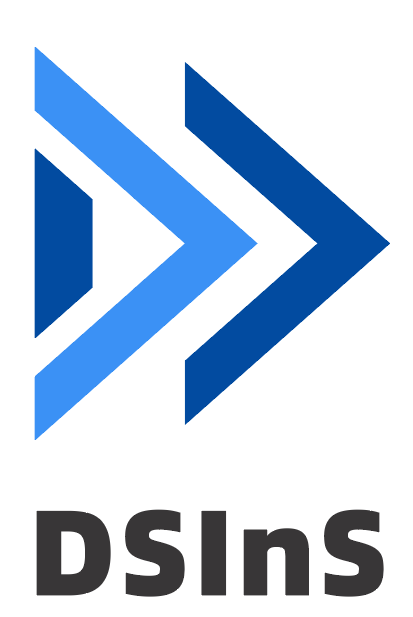
Distinguished Professor Jie Lu
University of Technology Sydney, Australia
IEEE Fellow, IFSA Fellow, Australian Laureate Fellow
Director of Australian Artificial Intelligence Institute
Biography:
Distinguished
Professor Jie Lu is a world-renowned scientist in the field of
computational intelligence, primarily known for her work in concept
drift, fuzzy transfer learning, recommender systems, and decision
support systems. She is an IEEE Fellow, IFSA Fellow, and Australian
Laureate Fellow. Currently, Prof Lu is the Director of the Australian
Artificial Intelligence Institute (AAII) at University of Technology
Sydney (UTS). She has published about 500 papers in leading journals and
conferences; won 10 Australian Research Council (ARC) Discovery
Projects and over 20 industry projects; and supervised 46 doctoral
students to completion. Prof Lu serves as Editor-In-Chief for
Knowledge-Based Systems and International Journal of Computational
Intelligence Systems, and is a recognized keynote speaker, delivering
over 30 keynote speeches at international conferences.
Speech title:
Concept Drift Detection, Understanding and Adaptation
Abstract:
Concept drift is known as an unforeseeable change in underlying streaming data distribution over time. The phenomenon of concept drift has been recognized as the root cause of decreased effectiveness in many decision-related applications. A promising solution for coping with persistent environmental change and avoiding system performance degradation is to build a detection and adaptive system. This talk will present a set of methods and algorithms that can effectively and accurately detect, understand and adapt concept drift. The main contents include (1) two novel competence models to indirectly measure variations in data distribution through changes in competence. By detecting changes in competence, differences in data distribution can be accurately detected and quantified, then further described in unstructured data streams; (2) algorithms for determining a drift region to identify when and where a concept drift takes place in a data stream, and a local drift degree measurement that can continuously monitor regional density changes; (3) methods for concept drift adaptation. The new algorithms and techniques can be applied to data-driven prediction and real-time decision support in complex real-world environments.